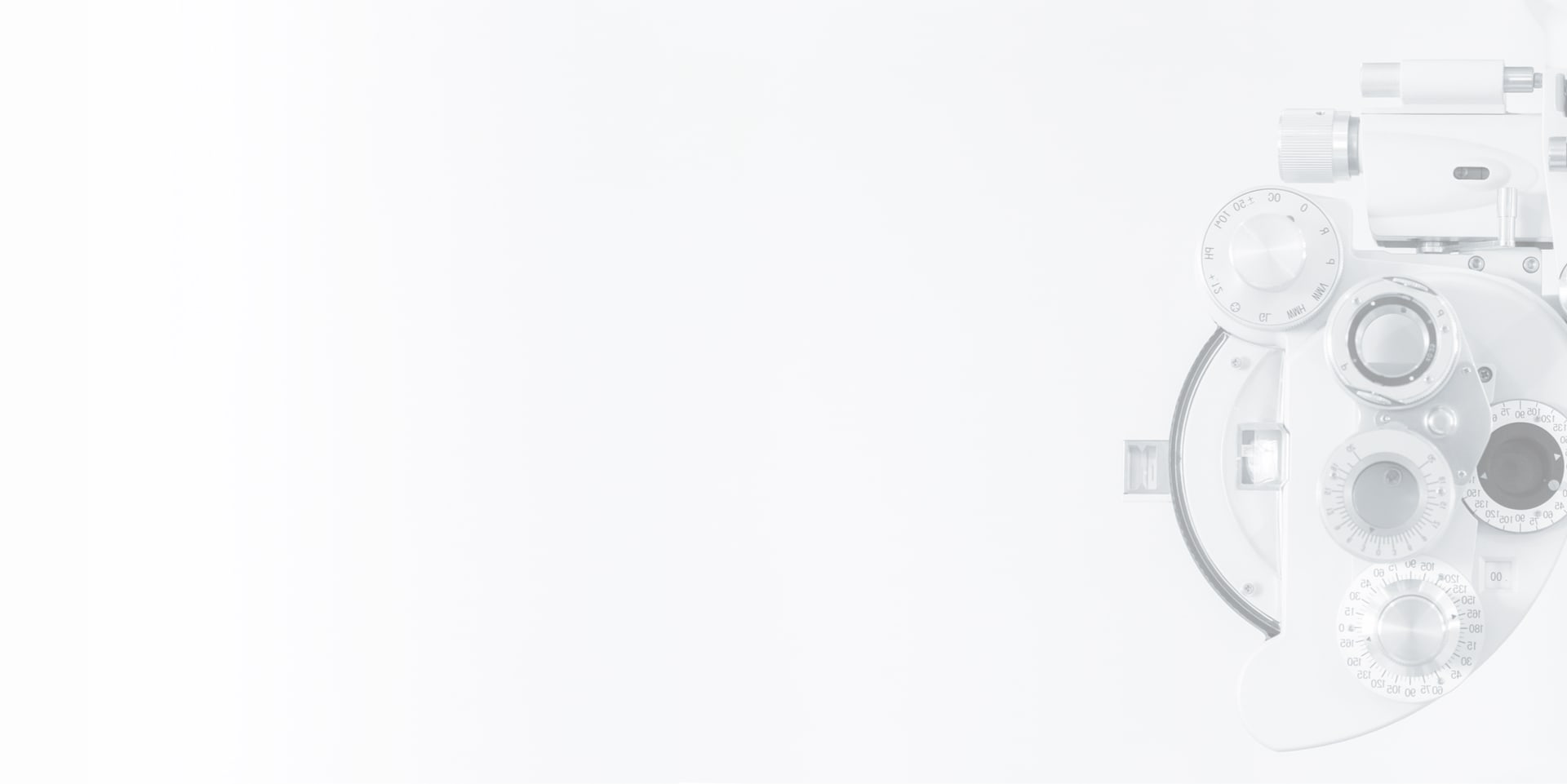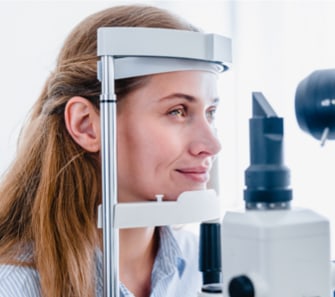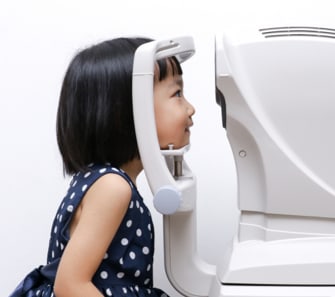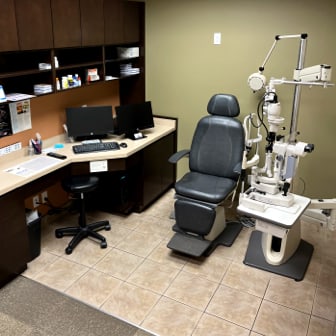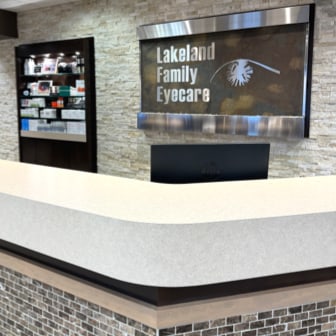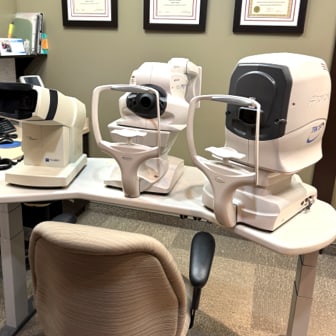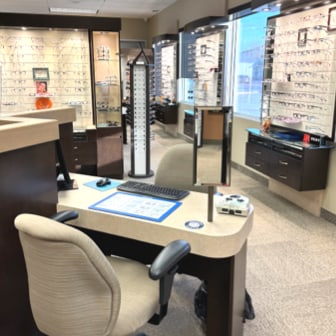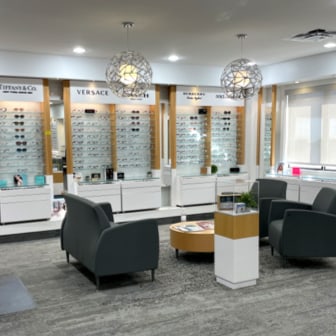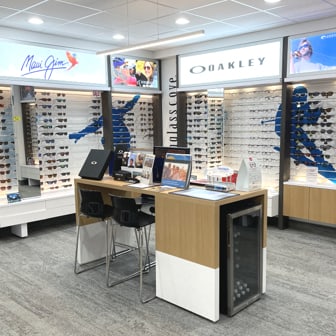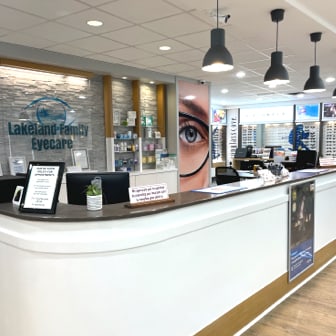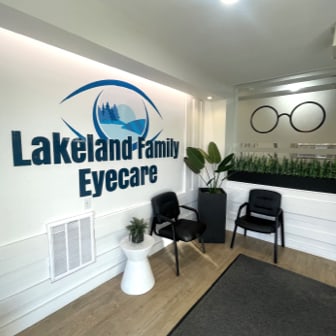When it comes to our perception of “good vision” some consider 20/20 vision to be standard, and to some degree, it is. Think of it as the baseline standard for “average” eyesight.
This ratio represents visual acuity, which measures the sharpness and clarity of our vision. Having 20/20 means you can see detail at 20 feet and a person with “normal” vision can also see at 20 feet.
A visual acuity of 20/30 doesn’t mean your vision is necessarily “bad”. Rather, it means your eyesight is less sharp than someone with 20/20 vision, and it’s a slight deviation from “perfect” sharpness.
Although it’s normal to see distant objects as slightly blurry with 20/30 vision, you don’t need to wear glasses, unless your optometrist recommends otherwise, or you experience discomfort or struggle with daily tasks.
Staying regular with your routine eye exams helps illustrate a full picture of visual health and eyes.
All About Visual Acuity
Visual acuity refers to the sharpness or clarity of your vision. It focuses on your vision’s finer details, like your ability to read road signs or spot a friend from afar.
During your routine eye exam, your optometrist will measure your visual acuity using the infamous Snellen chart, where the letters get progressively smaller as you go down the rows.
The test itself is straightforward. You sit 20 feet away from the chart, cover one eye, and read aloud as many letters as you can. The process is repeated with your other eye.
Your visual acuity is then recorded as a ratio, like 20/20 or 20/30.
The first number in this ratio represents the distance you sit during the test (usually 20 feet). The second number represents the farthest distance a person with “normal” vision can see the same detail.
For example, with 20/30 vision, you need to be closer to an object to see it clearly than someone with 20/20 vision would.
What Does it Mean to Have 20/30 Vision?
Having 20/30 vision means your eyesight is less sharp than someone with 20/20 vision, but it doesn’t mean your vision is necessarily “bad”. It’s just a slight deviation from “perfect” sharpness. Many people comfortably go about their lives without even realizing they have slightly reduced vision.
Most optometrists consider having 20/30 vision to be within a reasonably functional range, especially if you’re not experiencing headaches, discomfort, or challenges with daily tasks.
However, with 20/30 vision, it’s normal to notice slight blurriness when looking at objects at a distance:
- Road signs might appear a bit fuzzy until you get closer.
- Details like the text on a presentation slide might be harder to see from the back of the room.
- Some fine details in everyday vision, like distant faces, might not be crystal clear at first glance.
Although slightly blurry doesn’t significantly interfere with daily life, many people still opt for corrective lenses to enjoy sharp vision at all distances.
Even with functional 20/30 vision, some signs may suggest it is time for corrective lenses, such as:
- Frequent headaches or eye strain during work or reading.
- Difficulty reading road signs while driving.
- Struggling to focus on faraway objects, especially in lower lighting conditions.
- Persistent squinting to see things clearly.
Visual Acuity vs Refractive Error
Visual acuity and refractive error are different but related concepts in your visual health. Visual acuity indicates how sharp your vision is at a certain distance, while refractive error focuses on the root cause of blurry vision.
People are more familiar with refractive errors, which refer to eye conditions like nearsightedness, farsightedness, or astigmatism. It occurs when the shape of the eye deviates from its normal round shape, causing incoming light to focus away from the retina. A finalized vision prescription at the end of your eye exam focuses on correcting any refractive error.
Your visual acuity ratio might give some clues about the refractive error, but the two are not interchangeable.
Simply put, visual acuity measures “the result,” while refractive error explains “the why.”
Can Visual Acuity Improve?
If your vision isn’t a perfect 20/20, you might wonder if there are ways to improve it. The answer depends on whether your reduced vision stems from a refractive error or another source.
If reduced vision stems from an uncorrected refractive error, your visual acuity can improve with the help of corrective methods. They don’t “heal” your eyes. Instead, they help refocus light properly on the retina, improving overall visual clarity.
- Glasses or contacts customized to your prescription. They’re the most popular forms of vision correction, with lens options to accommodate a variety of vision concerns.
- LASIK or other forms of refractive surgery offer long-term improvement but are invasive and aren’t suitable for everyone.
Maintaining healthy eyes can improve comfort and reduce strain, but can’t necessarily change your visual acuity ratio. Nevertheless, these habits help care for your vision and overall eye health:
- Stay regular in your routine eye exams. These check-ups monitor the health of your vision and eyes and help detect potential concerns.
- Consider wearing corrective lenses if you experience blurry vision, especially when focusing on tasks like computer work or reading. Overworked eye muscles cause eye strain; this prevents it.
- Follow the 20-20-20 rule to prevent eye strain, even while wearing corrective lenses. Every 20 minutes, take a 20-second break to look at something 20 feet away.
- Eat a balanced diet rich in Vitamin A, Omega-3s, and antioxidants, such as dark leafy greens, fruits, nuts and seeds, and fish.
- Protect your eyes from sun damage by wearing UV-protective sunglasses outdoors.
Keep Your Vision Sharp
Although good eye health goes beyond numbers on a chart, it requires consistent, professional care.
Connect with our Lakeland Family Eyecare team to schedule your routine eye exam appointment to support healthy vision and eyes.
